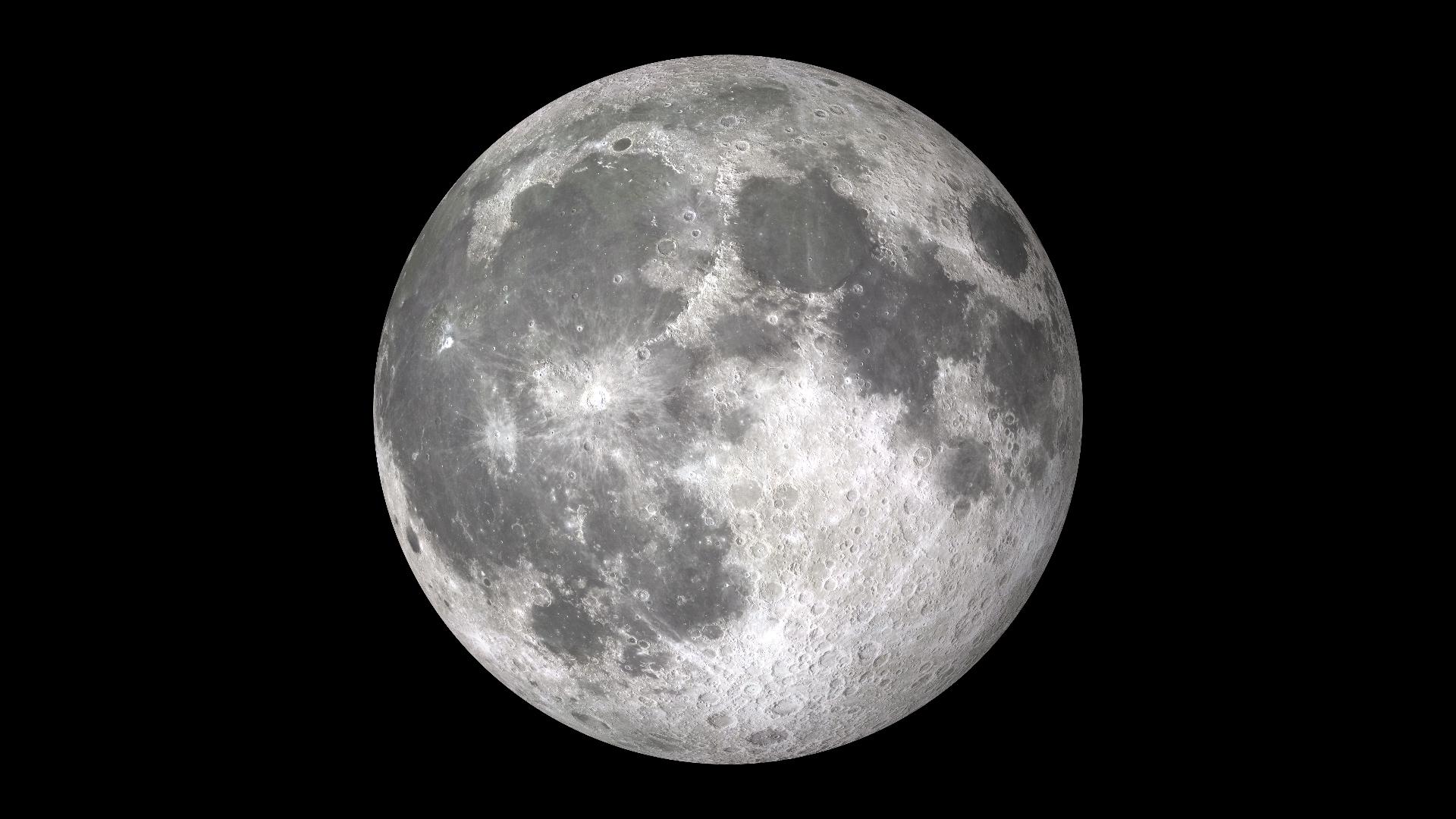NORFOLK, Va. — The night sky, with its ever-changing lineup of planets, stars, and the moon, has been mesmerizing humans for thousands of years. The silvery glow of the full moon, the barely visible crescent, and the nearly invisible new moon have inspired songs, poetry, and folklore, and continue to fascinate observers night after night.
The moon's 29.5-day journey through its phases begins with the new moon, characterized by its apparent absence from the sky, as it is located between the Earth and the Sun, with its unlit side facing us. This phase marks the start of a lunar cycle.
Following the new moon, a slender crescent begins to appear. This is called the waxing crescent phase. Waxing, in this case, means to increase in phase or intensity. During this period, the moon slowly becomes more visible each night as sunlight begins to illuminate more of its surface.
Over the period of about a week, the moon transitions from crescent to first quarter. The first quarter moon is also known as the half-moon since it appears to be split evenly between light and dark.
Following the half-moon, the moon enters the waxing gibbous phase. While most people are familiar with the term “crescent,” “gibbous” might be a bit more obscure. Gibbous, in this case, means swelling, or having a hump and is essentially the companion to a crescent. During this time, the illuminated portion of the moon grows larger each night until it reaches its fullest extent, the full moon.
Perhaps the most iconic phase, the full moon shines when the entire face of the moon is illuminated by the Sun, reflecting light back to Earth.
After the full moon, the moon begins the waning phases, where the moon slowly appears to shrink each night, beginning with the waning gibbous. In about another week’s time, it's the third quarter moon. The third quarter moon resembles a half-moon; however, the opposite side of the moon is illuminated.
Finally, the moon enters the waning crescent phase, appearing as a narrowing sliver until it once again disappears from view. With the arrival of the new moon, the cycle starts anew.
Over the millennia, each phase of the moon has played an important role in symbolism, religious observances, and scientific study. It has also offered photographers and stargazers awe and inspiration.

